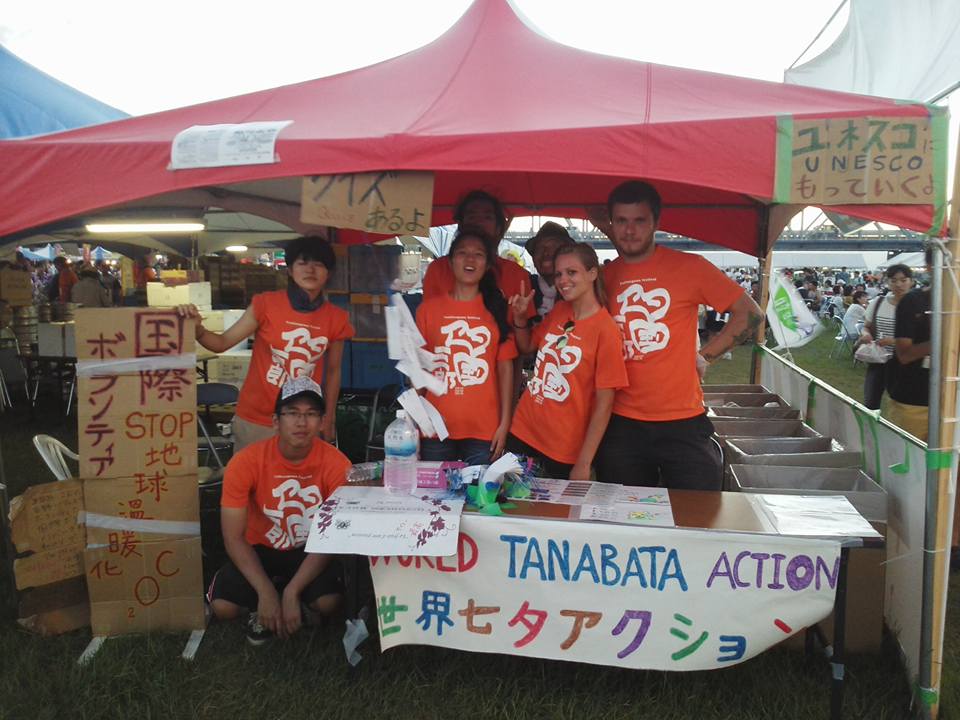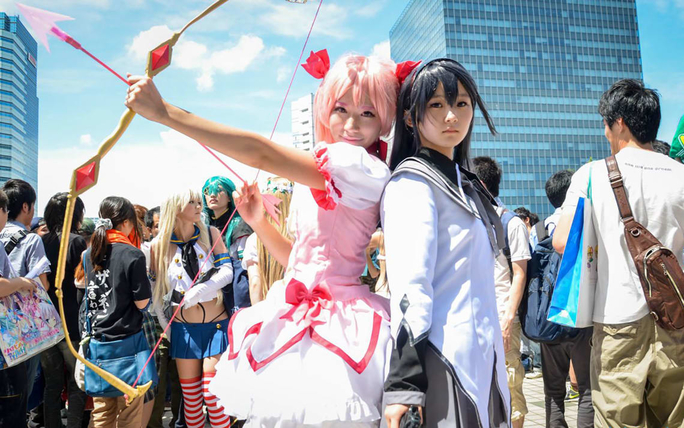This post continues a concept brought up previously – honne/tatemae. Like this author, I too, would be perplexed if I had been invited to a friend’s house, only to never be able to arrange a date. As someone who loves to share my baked goods, I want to know if you didn’t like something. Gushing “it’s delicious!” after the food barely touches your mouth would deeply offend me. Are you saying it because you’re just being polite or do you really mean it?
For the Japanese, it can most definitely be that they’re just being polite. The concept of honne/tatemae is not unique to just Japan, but in Japan there’s an instinctual tolerance of not telling the truth. This behaviour is justified by some as a way to avoid conflict, maintain group harmony or “save face”. However it can be more negatively viewed in light of a Japanese axiom, uso mo hōben, meaning “lying is also a means to an end”. By telling people what they want to hear, you can gain support or deflect criticism and responsibility.
For those accustomed to conveying information directly, it can be shocking or upsetting to discover that you have been lied to. A tatemae face can create misunderstanding, conflict and a feeling of being betrayed. If you try to fit in, the swallowing of emotions and egos may quickly become unbearable.
To not offend people when visiting Japan, it’d be wise to be aware of the practise of tatemae. Understand that, as a foreigner, it will be used on you. To maintain your own peace-of-mind, try to see the mask as put-on for your benefit. If you really want a glimpse of the honne, you could participate in some drinking. It’s reputed to break social barriers and bridge the gap between honne and tatemae.















